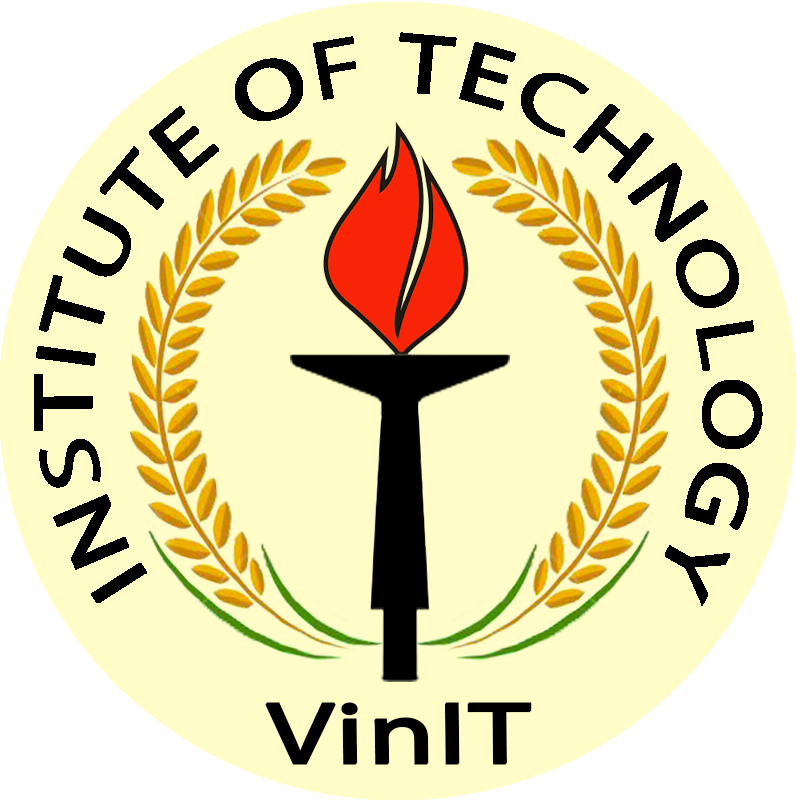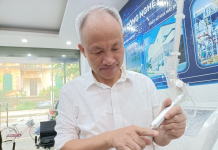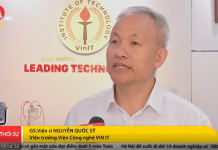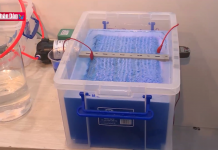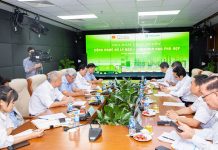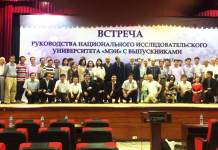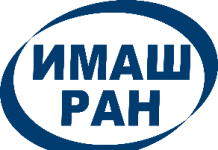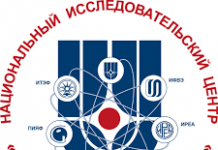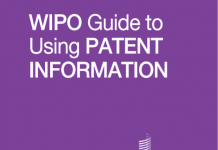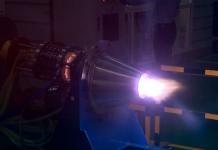Introduction
Traditionally, patent information searches are done, if at all, as a part of the application drafting process before filing patent applications, or while planning and preparing for patent litigation. In the recent past, this traditional micro-level use of patent information has evolved into a much more strategic use of patent information, thanks to the development of customized computerized databases of patent information.
In recent years, economists, social science researchers, policymakers, businessmen and professionals have begun to make increasing meso-level and macro-level use of patent information. This is being done to analyze, for example, patenting activities of a country’ technical patterns of internationalization; patenting activities in a sector, technology or company to ascertain or forecast the direction of technical change, or ascertain the relative technological position of a company in a marketplace; etc. As such, the use of patent information has expanded to many different tactical and strategic business, research, and policy making activities at national, institutional or enterprise levels.
What is Patent Information?
Patent information includes not only the content of published patent documents but also bibliographic and other information concerning patents for inventions, inventors’ certificates, utility certificates and utility models. It is the largest, well-classified and most up-to-date collection of technical documents on new and innovative technologies.
Patent applications are filed in accordance with the requirements of national or regional patent laws. An applicant may be a public and private company, government agency, researcher in a university or in a research and development institution, or even individual inventors.
So far, around the world some 40 million patents have been published, and that too in all possible technical fields. To these, some one million additional patent documents are added every year.
A patent document contains, in a standardized form, a wealth of information about the state-of-the-art, adjudged in the international context, in technological developments in that area of technology. As a first step, it is essential to grasp clearly the basic concepts of the patent system so as to appreciate better the practical usefulness of patent information.
Basics of Patents
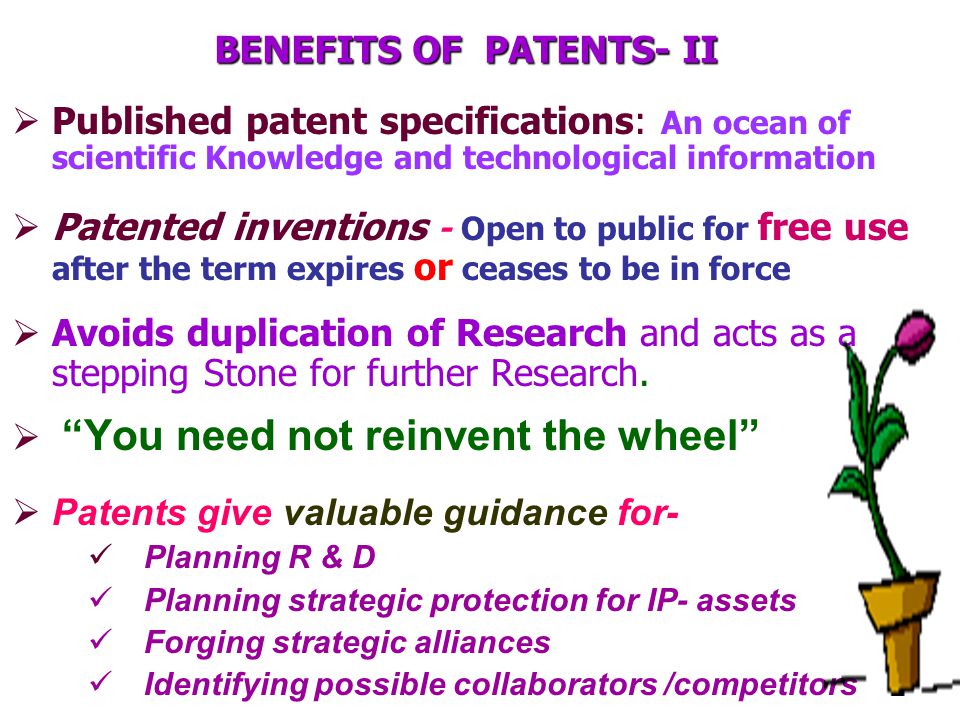
A patent provides its owner an exclusive right over a claimed invention, which is granted by the industrial property or patent office of a country or group of countries on the basis of a patent application. It is granted done after following the procedure prescribed in the relevant patent law and regulations. The exclusive right of the owner provides a legal right and possibility to the owner to prevent others from making, using, offering for sale, selling or importing the patented invention without the owner’s permission. In return, the owner is required to disclose the claimed invention to the public. Describing the invention in a patent application does this. A patent application consists of a front cover, an abstract and a patent specification, including drawings (if necessary), a description and one or more claim. The claims determine the patentability of the invention as well as define the exact scope of the claimed invention.
The front page of a published patent document generally displays bibliographic information such as the title of the invention, the date of filing, the priority date, the relevant technical field, the name and address of applicant(s) and inventor(s). It also contains an abstract and a representative drawing. Bibliographic information is an essential means of identifying, locating and retrieving patent documents.
The patent specification is the most important part of a patent document, as it enables a person to understand the claimed invention and the technical information contained in it. The specification should disclose the invention clearly and precisely. Preferably, it should be illustrated by examples to explain how to work or carry out the invention in practice so as to enable anyone skilled in the relevant art to do so likewise, without undue experimentation. In most countries, a specification of the invention includes the background of the invention, summary of invention, brief description of drawings (if necessary) and a detailed description of the invention.
The claims define the scope of legal protection. While drafting claims, the applicant will draft them as broadly as possible, whereas in an industrial property or patent office, during a full substantive examination, if done, a patent examiner would generally like to narrow the claims to the actual invention described in the specification. This be combined effort of the applicant and the office concerned makes the scope of protection clear and clarified. In patent litigation, interpreting claims is the first step in determining whether the patent is valid and whether the patent has been infringed.
A patent is granted by a national or regional patent office and is valid for 20 years from the filing date of the application or from the date of an earlier related application. A patent is a territorial right and has no effect beyond the national or common regional boundary of the country or countries concerned.
Merits and Shortcomings of Using Patent Information
In most countries, a patent application is published 18 months after it is filed. So, there is always a time lag between the publication of patent application and the point in time at which the invention was made or completed. Generally, however, patents are granted well before a product based on a patent is introduced in the market. As such, the publication of a patent application, despite the time lag, is invariably the earliest point in time at which the relevant information becomes available to the public as the first published detailed and up-to-date information.
Since most countries require the invention to be disclosed in a manner that is sufficiently clear and complete for it to be carried out by a person skilled in the relevant art, therefore, a patent document has much more detailed information about a technology than any other type of scientific or technical publication. It is also a unique source of information, as it is estimated that, on average, some 70 % of the information disclosed in patents is never published anywhere else.
Patents do not cover every kind of inventive activity in every country. Some inventions that are patentable are either kept as trade secrets or put in the public domain through defensive publication so as to prevent all others from obtaining a patent on that invention. Both are valid business strategies. Patents, however, do cover virtually every field of technology although the subject matter excluded from the purview of patents is variable from one country to another. Therefore, consulting non-patent literature is often obligatory to get a complete picture of the prior art. Even so, patent documents remain a key tool for analyzing trends in the diffusion of key technologies for the purpose of generating specialization profiles of countries or companies of interest.
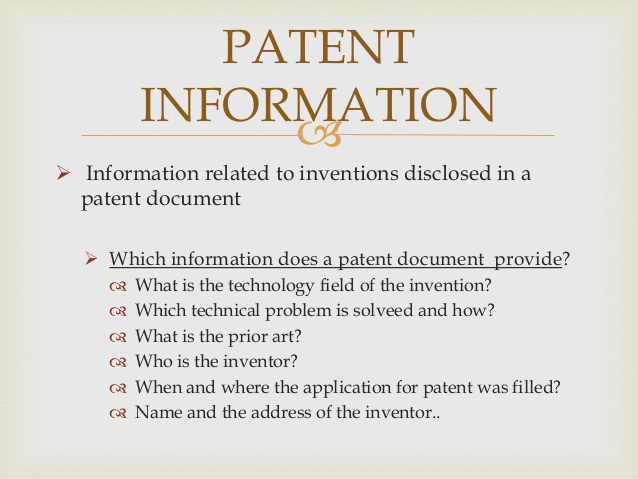
There are two primary ways of analyzing patent information: qualitative and quantitative. The qualitative method shows more closely the content of the individual patent documents. The quantitative method results in statistical processing. These two methods have quite different objectives and different ranges of applications. Patent analysis can be displayed by visual representation using bar graphs, polygonal line graphs, pie charts, radar charts and other charts/graphs, which are called ‘Patent Maps’. Visualization is an especially effective way of representing the results of this type of analysis.
Today, electronic databases, analytical software products and private service providers with their own proprietary value-added patent or technology databases are available for assisting in the analysis of patent information.
